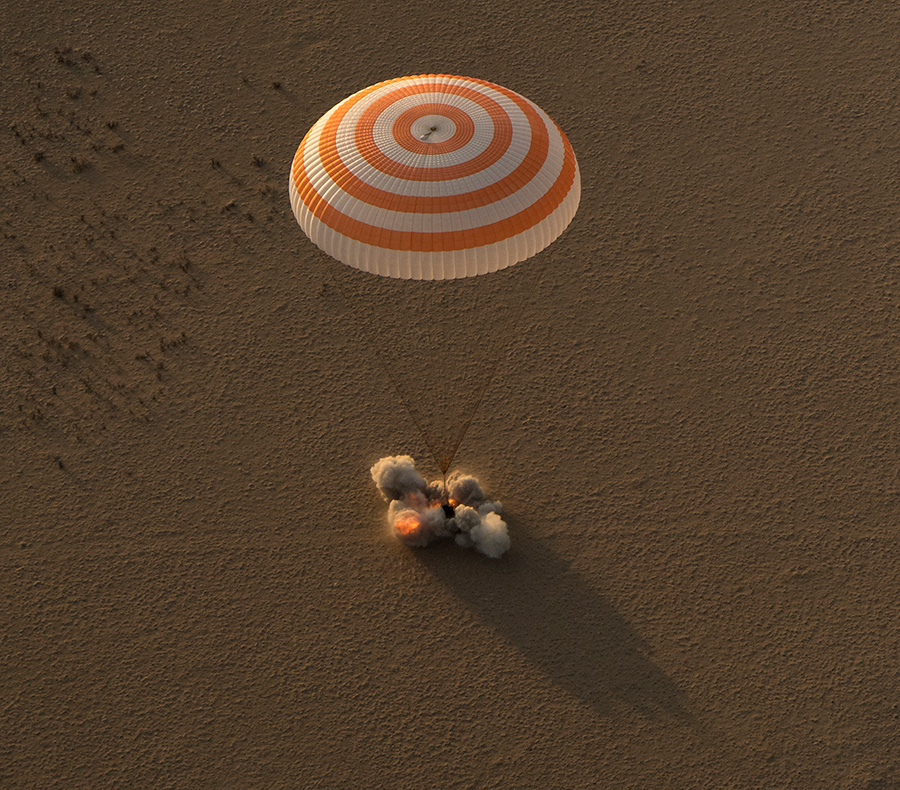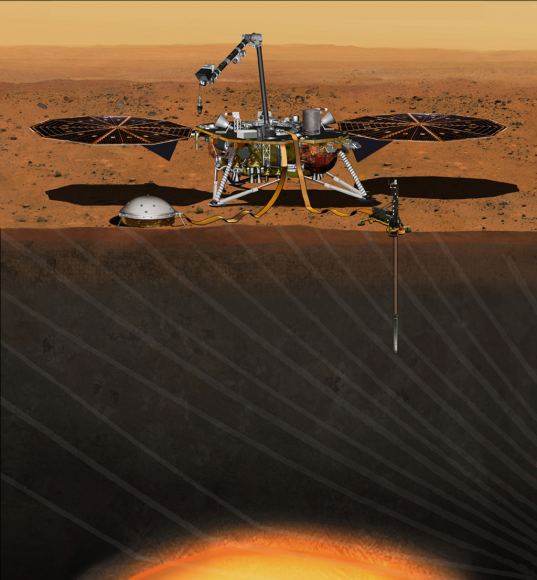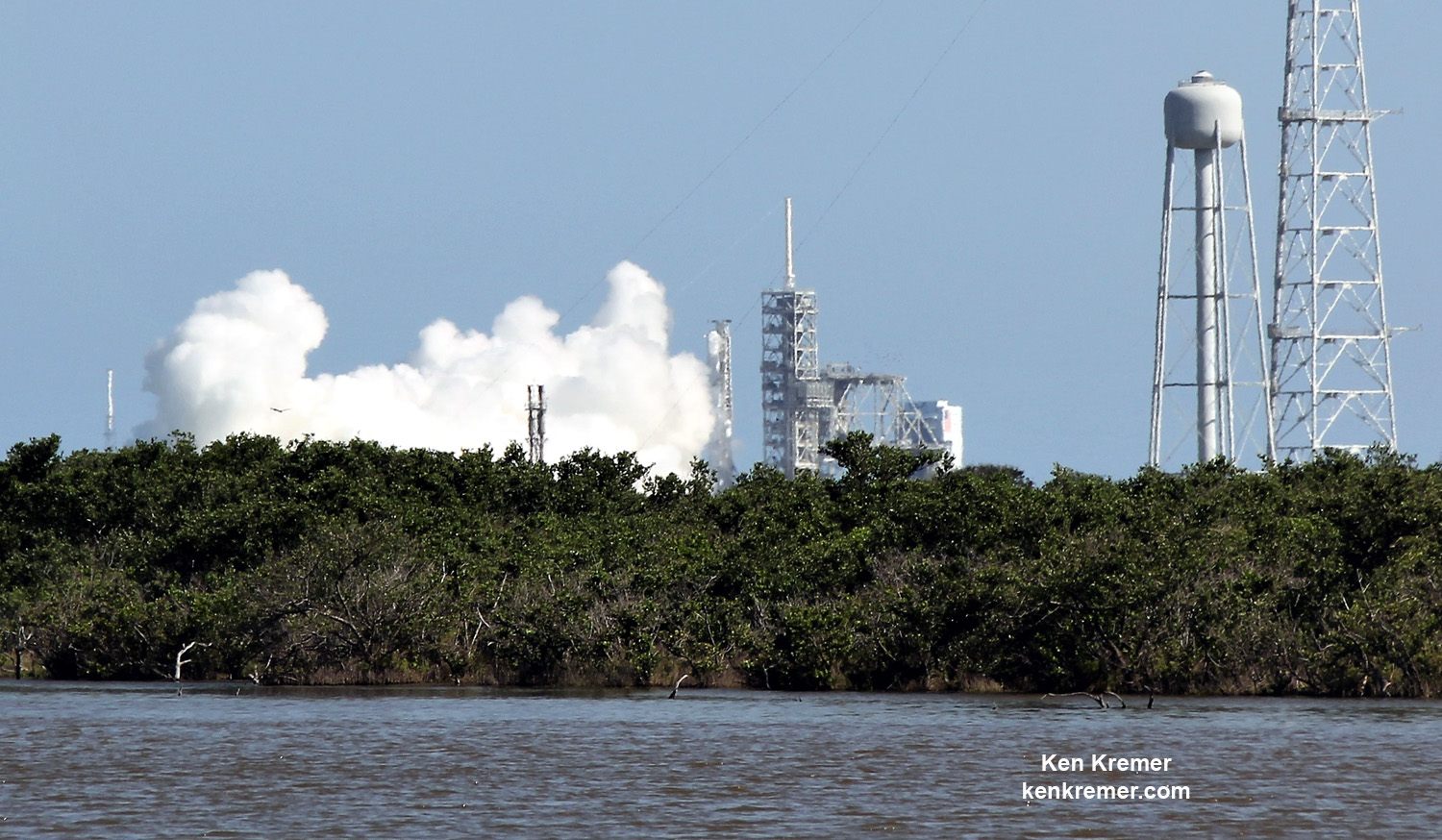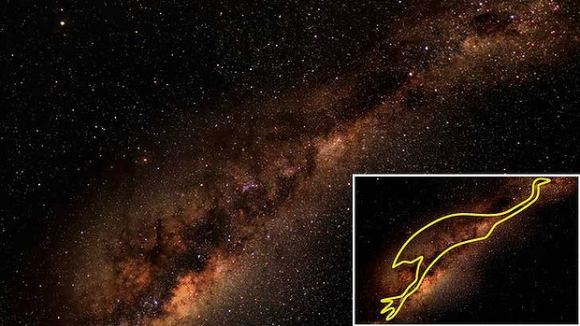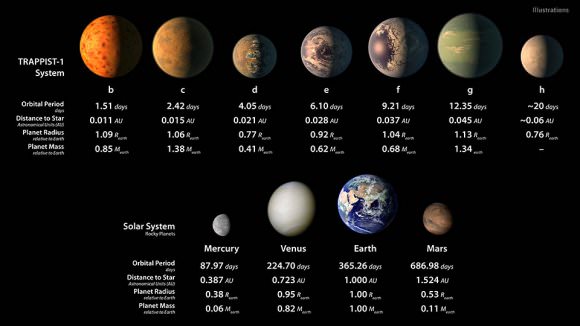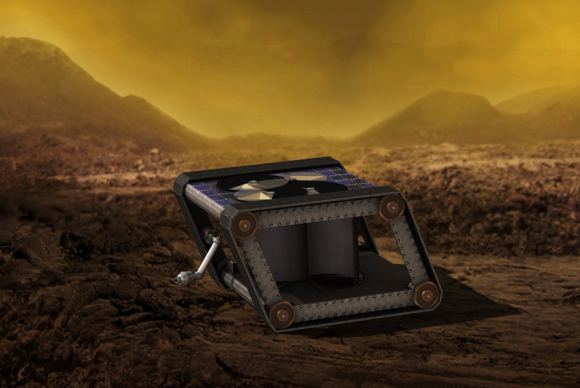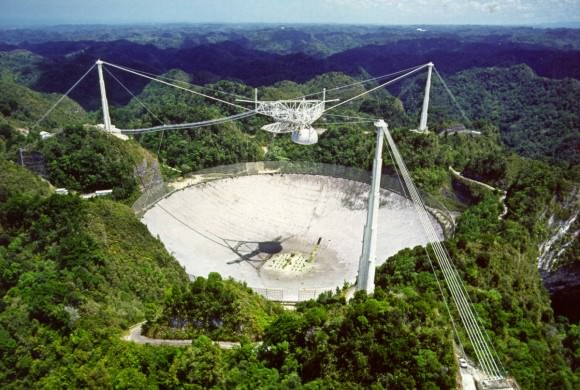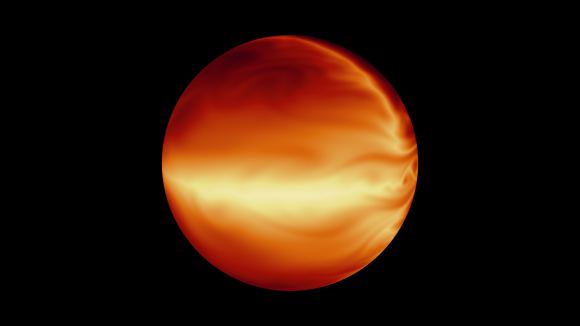NASA’s Peggy Whitson Safely Returns Home in Soyuz from Record Breaking Stay in Space
NASA’s Peggy Whitson Safely Returns Home in Soyuz from Record Breaking Stay in Space The Soyuz MS-04 vehicle is pictured the moment it touches down with the Expedition 52 crew inside comprising NASA astronauts Peggy Whitson and Jack Fisher and Commander Fyodor Yurchikhin of Roscosmos on Sept. 3, 2017, Kazakhstan time. Credit: NASA/Bill Ingalls NASA’s Peggy Whitson, America’s most experienced astronaut, returned to Earth safely and smiling Sunday morning on the steppes of Kazahsstan, concluding her record-breaking stay in space aboard the International Space Station along with Soyuz crewmates Jack Fischer of NASA and Commander Fyodor Yurchikhin of Roscosmos. The multinational trio touched down softlyRead More →
